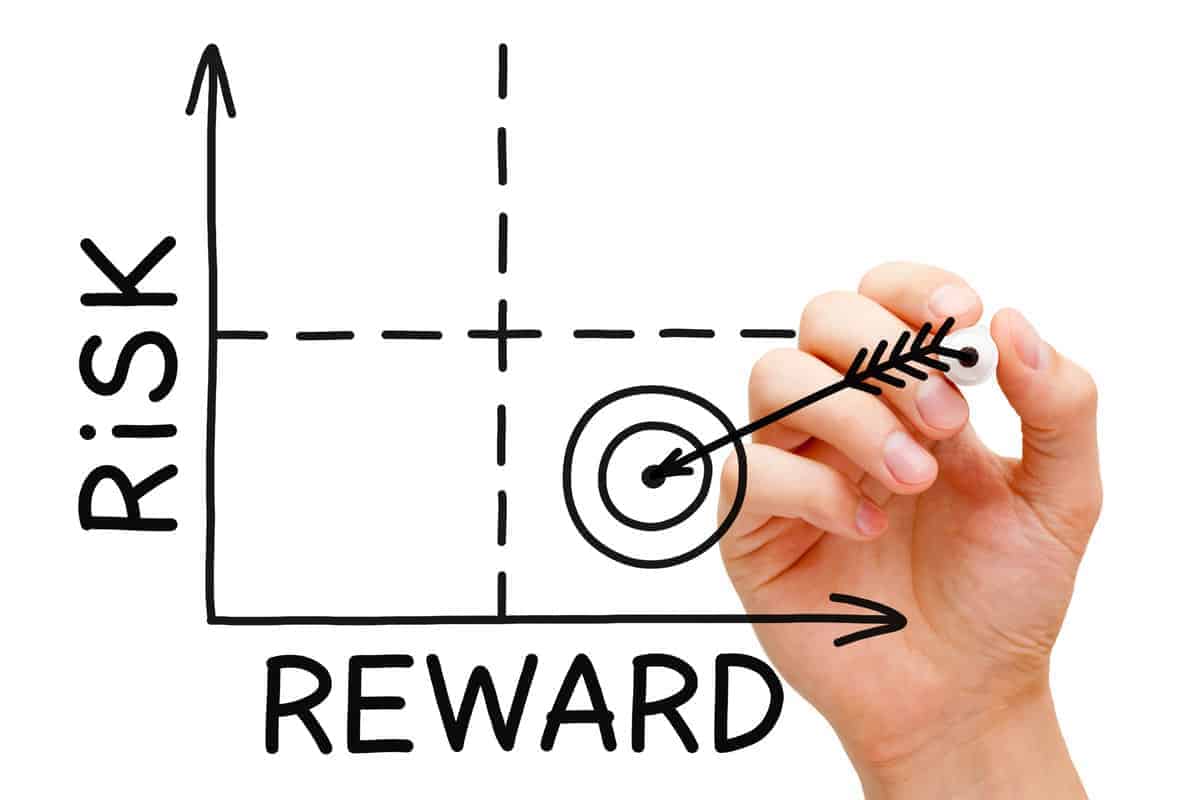After saving money in a 401(k) or IRA for decades, the last thing you need is a stock market downturn at the start of your golden years. Market selloffs are always painful, but they pose a greater risk when they occur early in retirement, when you’re no longer earning a paycheck and are withdrawing money from your nest egg. The ill-timed, one-two punch of lousy performance and cash outflows can put a dent in your retirement savings, and it could be hard for your portfolio to recover.
Wall Street refers to this investment peril as sequence-of-returns risk. The risk is that annual portfolio losses are front-loaded near the start of retirement, when you begin to withdraw funds, which severely weakens your portfolio’s growth potential and its ability to provide steady income over decades despite an eventual market recovery. The sequence of returns can make a difference between having enough money to last throughout your life span or running out of money or cutting back on the lifestyle you planned for.
A crack in the nest egg
Taking distributions from stock holdings in a down market hurts in two ways. First, you’ll have to sell more shares to generate the income you need than you would if stock prices were higher. Second, after selling, you have fewer shares left that can benefit from the next favorable market. You’re missing out on the rebound.
The good news? It’s rare for the U.S. stock market to suffer multiple down years in a row. There have only been four periods over the past 93 years when the market dropped for at least two straight calendar years, according to Morningstar. The bad news? When it does happen, it can cause you significant financial pain and damage.1
Help mitigate the risk
One way to make sure a crack in your nest egg doesn’t completely break your portfolio is to try to avoid going into retirement holding 100% of your investments in stocks. To cushion a potential hit from sequence-of-returns risk, make sure you have a healthy stake in lower-volatility fixed-income assets, such as bonds and cash, which help provide more stability to your portfolio. Your portfolio will suffer less volatility and smaller losses, and you will be able to access cash without having to sell stocks when prices are depressed. It’s also a good idea to have cash set aside to cover one- or two years’ worth of living expenses, so you can ride out a lengthy market storm without having to sell shares.
Unlucky investors on the wrong side of a market downturn sequence can protect their portfolios by reducing the size of their retirement account distributions, especially from stock holdings. If you originally planned to withdraw 4% of your portfolio each year, dial it back to 3% or 2% in down market years. You can also opt not to boost your withdrawal amount to account for inflation. Worst case, you could skip withdrawals altogether.






